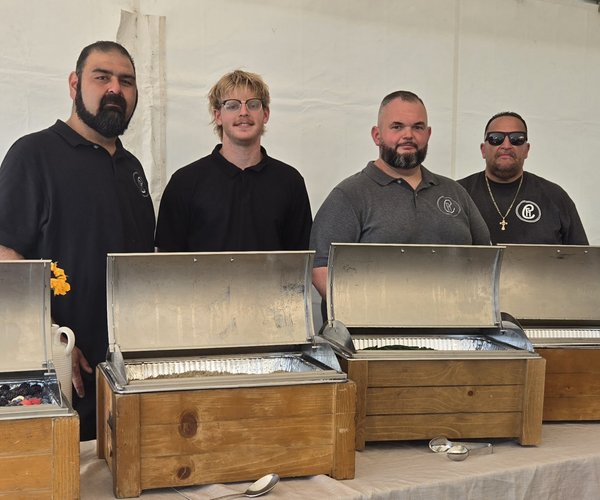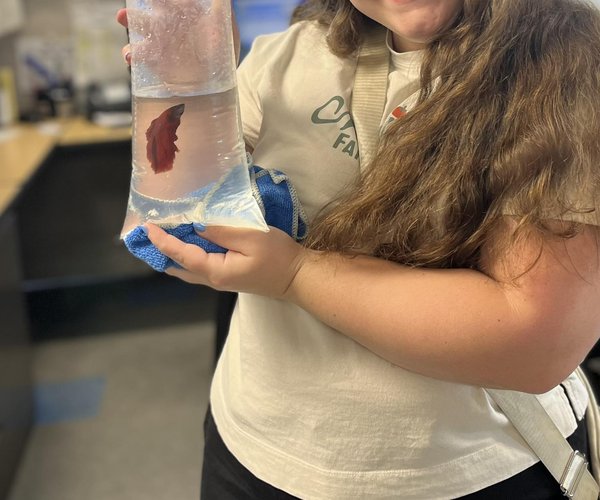A construction project at California State University, Stanislaus is causing a real stink.
It’s not people complaining – it’s the smell of tens of dead fish.
CSU Stanislaus recently drained the on-campus Sequoia Lake, located near the corner of Monte Vista Avenue and Crowell Road, to perform needed repairs on the lake’s banks.
But some fish remained in the lake as the water level reached its low point on July 4, essentially left to die.
One CSU Stanislaus student described a “horrific” scene of catfish and carp –some more than 2 feet long – lying dead in the murky mud. Other fish lay gasping for air in shallow puddles, he said.
“That’s not a good thing for a fish,” said the CSU Stanislaus graduate student, who asked not to be named.
The student went on to describe a turtle stuck in the mud, leaving a 20 foot trail behind him as he scooted through the remaining muck.
“It just looks like a real mess,” the student said.
According to CSU Stanislaus spokesman Dave Tonelli, the drainage of Sequoia Lake was driven by its deteriorating shoreline. The crumbling earth had caused people to fall into the lake as shoreline broke underneath their feet.
“It represented a safety issue,” Tonelli said.
The water was drained beginning July 2, Tonelli said, so rocks could be installed around the lake’s edges. Those rocks are intended to not only improve safety today, but to prevent future erosion.
The university made every effort to protect the animal species living in Sequoia Lake, Tonelli said, though none of the animals had been placed there by the university. The fish and turtle populations alike came from individuals leaving pets, the university believes.
According to Tonelli, the university captured every turtle they saw, relocating the turtles to other on-campus ponds and lakes.
The fish represented a sterner challenge, as the campus’ plumbing did not allow for the easy capture of the fish. University personnel used nets and buckets to manually catch and relocate hundreds of fish to other lakes on campus.
As the water lowered, university staff was unable to catch all the fish, Tonelli said, and “between 30 and 50” fish did not survive.
Due to poor timing, the lake reached its low point on July 4, and because of the holiday, staff was unavailable to clean up the remaining fish until July 5, when the university removed dead fish and repositioned living fish into nearby campus lakes.
The university expects to refill the lake by the end of July, Tonelli said, once the rock has been installed.
The issue isn’t CSU Stanislaus’ first with on-campus wildlife. In spring, the university sought to reduce its large population of federally-protected Canadian Geese.
Approximately 600 such geese call the campus home, an overpopulation which leads to mounds of feces. In addition to health concerns, the feces can make concrete slippery, leading to falls. And the goose species is known to be aggressive toward humans.
The university contracted with a Humane Association-approved company to reduce the on-campus population.
A specially-trained border collie chased the geese around campus, hopefully convincing them to not return. The herding dog chases the birds, but does not attack them, Tonelli said.
The company also engaged in egg addling, a process which sees eggs dipped in oil to prevent chicks from hatching. Eggs are tested before addling, and only those under a certain developmental level were addled.









